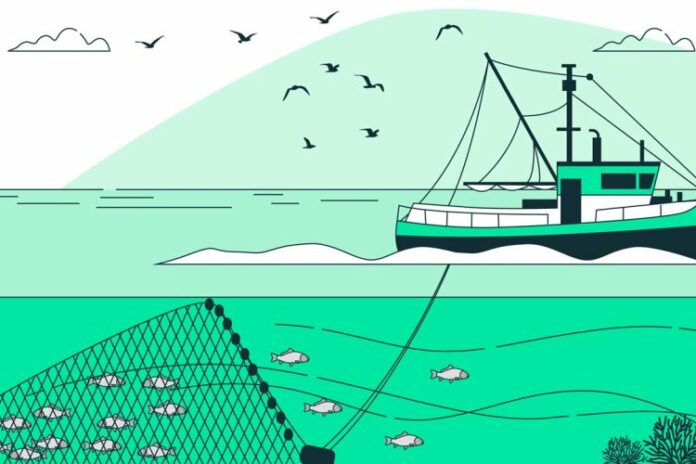Under the direction of the new Minister of Oceans and Fisheries Shane Jones, New Zealand is set to push for bottom trawling to continue in the South Pacific and argue against increased ocean protection for vulnerable habitats at the annual meeting of the South Pacific Regional Fisheries Management Organisation (SPRFMO) that begins today in Ecuador.
“Once again New Zealand is standing on the international stage and pushing for destructive bottom trawling to continue unchecked in the South Pacific, lobbying against more protection for fragile deep sea corals and habitats and siding with the fishing industry instead of putting ocean health first”, says Pacific Seamounts Campaign Lead with the Deep Sea Conservation Coalition (DSCC), Karli Thomas, in Ecuador for the meeting.
Bottom trawling is a destructive and indiscriminate fishing technique. Huge, heavy nets bulldoze ancient and slow-growing corals, putting the deep sea habitats they support at risk of permanent loss. The South Pacific is home to many significant coral hotspots and once destroyed, these areas take decades or even centuries to recover, and there’s no guarantee they ever will.
The New Zealand government may now be the main obstacle to a proposed conservation measure that its own scientists spent the past year developing, one that would protect 70% of high biodiversity areas (like seamounts) within bottom trawling areas, leaving 30% open to the industry.
Members of SPRFMO agreed by consensus at last year’s meeting that this should be the minimum level of protection from 2024 onwards, and New Zealand – the only nation still bottom trawling in the SPRFMO region – was expected to develop new boundaries to achieve that. But after the change of government, New Zealand has not only abandoned this proposal, leaving Australia to submit it instead, but is now actively working to prevent its adoption.
New Zealand’s own scientists have provided evidence that the 30% of the areas that would be left unprotected contain seamounts – documentation shows one bottom trawler brought up five tonnes of corals in a single trawl from a seamount in one of the bottom trawl areas.
“The New Zealand government’s backslide on ocean protection is frankly shameful. They are doing all they can to protect their mates in commercial fishing, while ensuring important habitats in the South Pacific remain unprotected from the ravages of bottom trawling. That’s despite the vast majority of New Zealanders from across the political spectrum supporting increased ocean protection, and less bottom trawling.”, says Greenpeace Ocean campaigner Ellie Hooper:
“It looks like our government is abandoning multilateralism in the Pacific, and the protection of ocean life, and is instead doing the bidding of the bottom trawl fishing industry. If one country does this, it could be seen as a green light for others to do the same – endangering our oceans and also the fishing industry itself” said Karli Thomas.
“We call on Australia and other countries at this key meeting to move forward with this proposal as an interim step only and commit to strengthening it at the 2025 meeting, to bring it into line with UN commitments.
New Zealand is also pushing a proposal that goes against all sensible fisheries management thinking: to allow carry-over of uncaught catch allowance for two years. This could see up to three years’ worth of orange roughy taken in a single year in the Louisville Seamount Chain east of New Zealand, at a time when scientists have admitted the stock is extremely vulnerable and in an area of extremely high biodiversity and an ‘Ecologically or Biologically Significant Marine Area’ under the Convention on Biological Diversity.
“No other international fisheries allow this level of carry-over, and it would be illegal in New Zealand waters – where only 10% carry-over is allowed. By the government’s own admission, this proposal may increase the impact on vulnerable deep sea life,” said Dr Kayla Kingdon-Bebb, CEO of WWF-New Zealand.
“It would also take us yet further away from delivering on our international commitments – including, potentially, those reflected in Free Trade Agreements with the United Kingdom and European Union,” she said.
“We call on the meeting to reject New Zealand’s reckless proposal to carry over up to 200% of fishing allowances. It looks like this government is wanting the bottom trawl industry to gear up and go in for a smash-and-grab on the precious Louisville and other Seamounts,” said Barry Weeber, of Environment and Conservation Organisations (ECO), also at the meeting in Manta.



